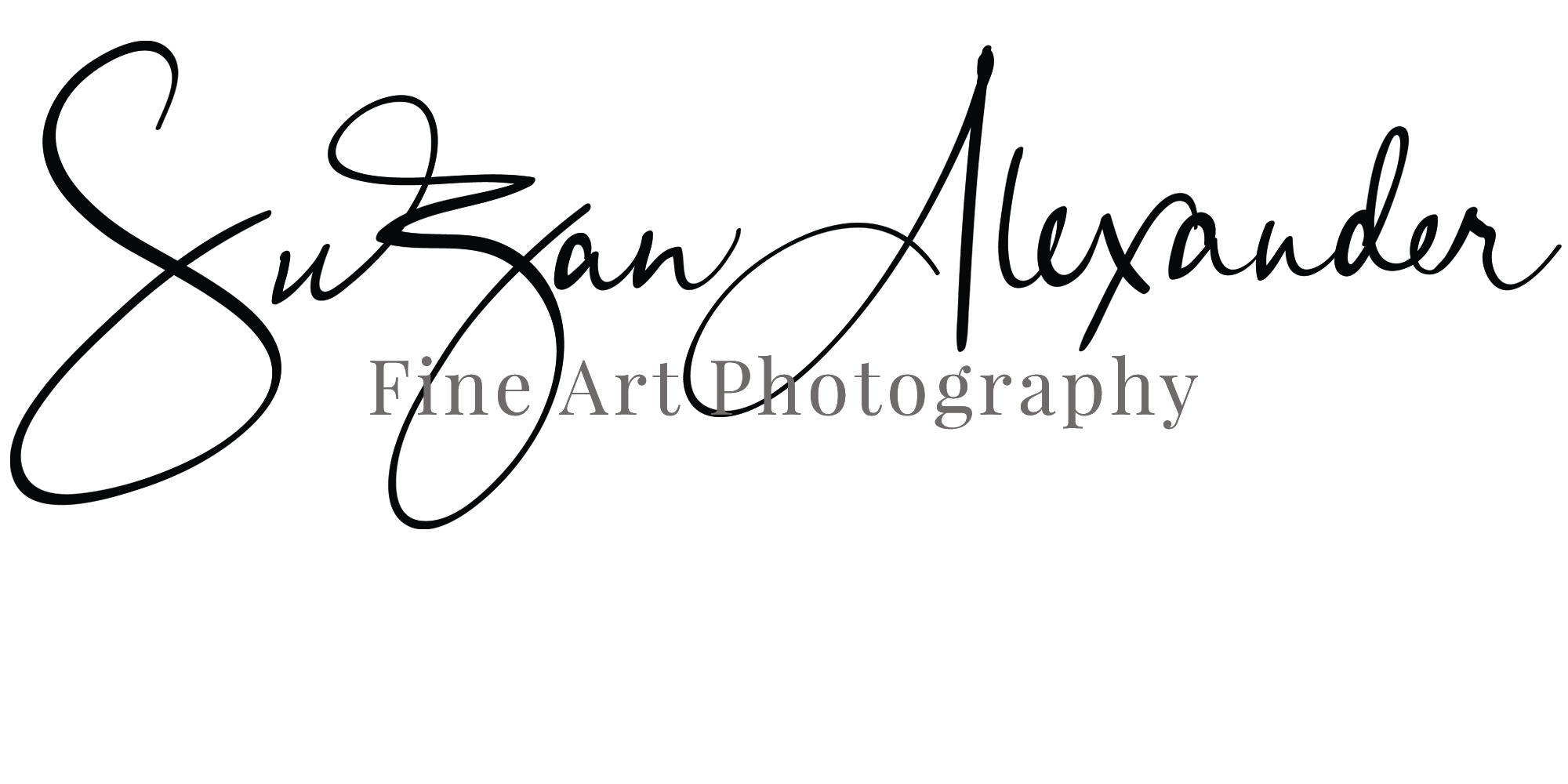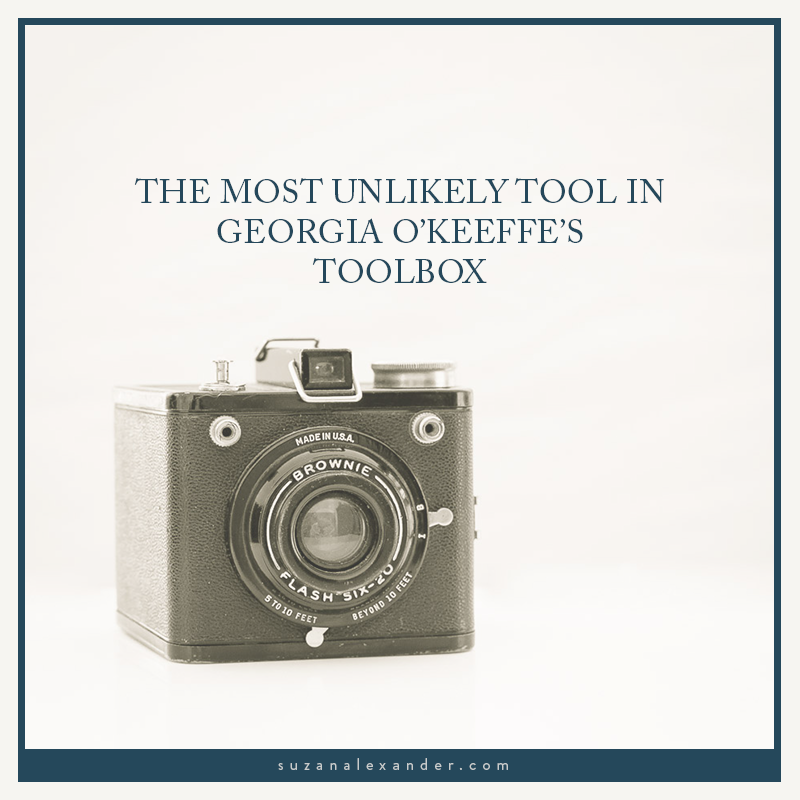WALKER EVANS - ARTIST SPOTLIGHT
© 2018 SuZan Alexander, Vintage Camera Flash. Digital Photography
By Edwin Locke, for the Farm Security Administration / Office of War Information / Office of Emergency Management / Resettlement Administration [Public domain], via Wikimedia Commons
Since today (11/3) is photographer/ photojournalist, Walker Evans’s birthday, I thought we might start November with the Artist Spotlight and have a look at his contributions to photography.
FARM SECURITY ADMINISTRATION (FSA)
Evans is yet another photographer of the Farm Security Administration (FSA) era. Like Dorothea Lange, Russell Lee (two of my favorite photographers), Evans was hired to document the effects of the Great Depression, primarily in the rural Southern United States. The program was the government’s effort of documenting the efforts to improve life in these rural communities. However, Evans was not interested in political agendas or ideologies and set about capturing ordinary life which also revealed a respect for the people and their traditions.
LITERARY
Okay. I have already mentioned how I love it when art and science collide in my Muybridge posts. But, as a confessed bibliophile, I have got to tell you that I adore it when literature is added to the mix. Evans was heavily influenced by literature. He studied French Literature, and seemingly never let go of his interest in becoming a writer. He worked for publications (Fortune magazine), and collaborated with other writers, like James Agee throughout his career.
While on an assignment in Cuba, Evans and Ernest Hemingway became friends. It is suggested that Hemingway’s minimalist style had an impact on Evans’s photographs. Simple… Succinct… Powerful.
POLAROID
As Walker matured, he trade in his heavy camera gear for the “new”, innovative (at the time), Polaroid SX-70 camera. He even received an unlimited supply of film that he used to return to common themes in his earlier work. His exploration of signs and poster from this period have become some of his more important works.
(Hint: I am planning a post about a book I recently read about the Polaroid camera, so come back later this month for that little slice of nostalgia.)
Walker Evans [Public domain or Public domain], via Wikimedia Commons
INFLUENCES ON MY WORK
I am so drawn to the work and the photographers that worked on the FSA program. I am still trying to distill into words exactly what it is that attracts me to their work. Sure, they captured moments in history, a seemingly pedestrian way of life that is long gone, but it is the faces… strong, beautiful, proud, hardworking faces of the overlooked that really touch my heart.
I once took a photography course in which the instructor asked us to look at art, in any medium, and submit a few of our favorite images. My selection included work by Dorothea Lange, Russell Lee, Edward Curtis, and Georgia O’Keeffe. I remember thinking this was some little cocktail of interest and the instructor would surely be scratching her head wondering what to tell me. Her response was so shocking I had to read it a couple of times before it really soaked in. She asked if I was interested in focusing on documentary photography. WHAT?! Not one of my images has a human form in it - never has… Where did this question come from? Then, I read it again, looked at what I had submitted again, and I began to see what she must have observed. Between the FSA work and Curtis’s work documenting of the indigenous culture, I began to make the connection.
While I do not typically include the human form in my images, I do see a connection with documenting moments, a way of life that is passing/changing, and surely the overlooked - hidden in plain sight. However, I feel like I am still learning from each image made by the ones who went before me.


![By Edwin Locke, for the Farm Security Administration / Office of War Information / Office of Emergency Management / Resettlement Administration [Public domain], via Wikimedia Commons](https://images.squarespace-cdn.com/content/v1/5acb860a710699a9ef3c29a3/1541208388034-T03OCWBMIBIT0D8L2CD8/Walker_Evans_1937-02.jpg)
![Walker Evans [Public domain or Public domain], via Wikimedia Commons](https://images.squarespace-cdn.com/content/v1/5acb860a710699a9ef3c29a3/1541208657978-TU1Z0YBJU8EN76STKO90/Roadside_stand_near_Birmingham%2C_Alabama.jpg)









